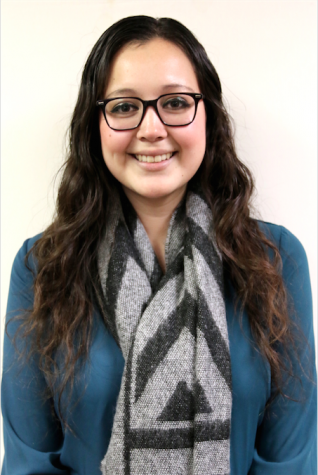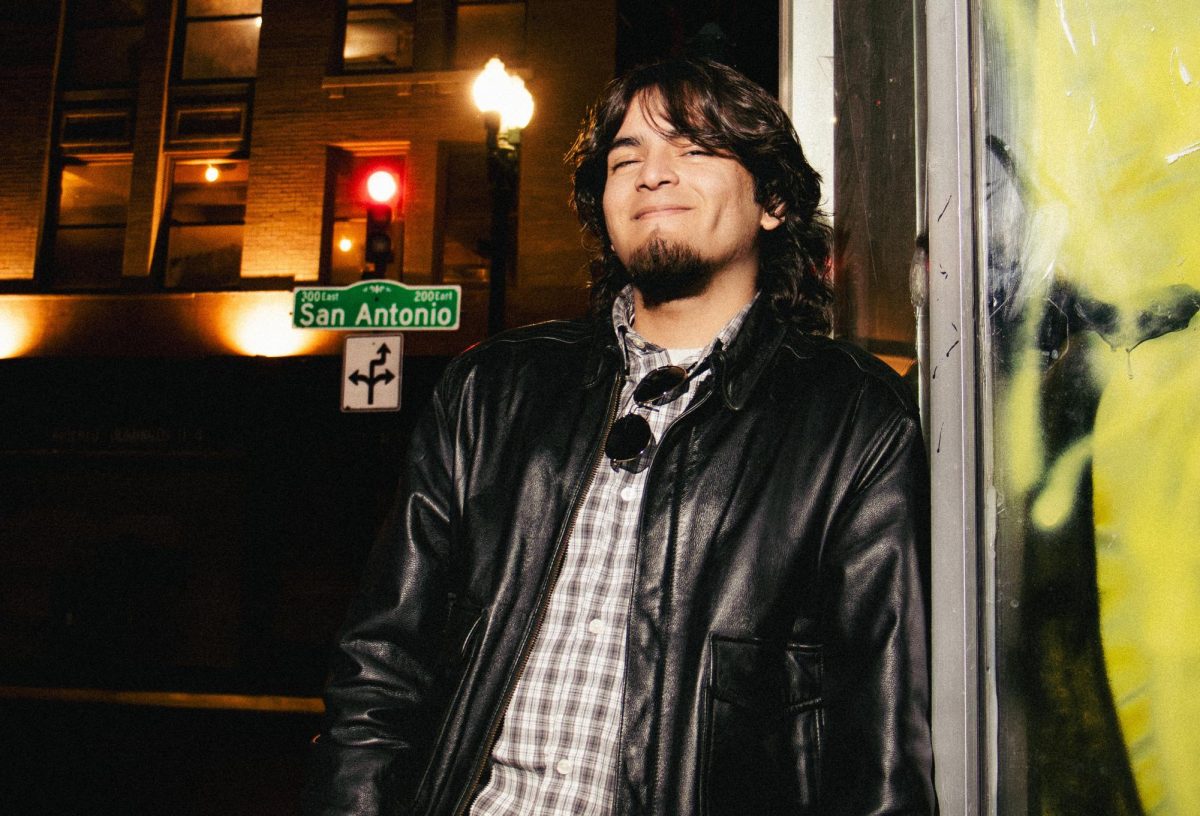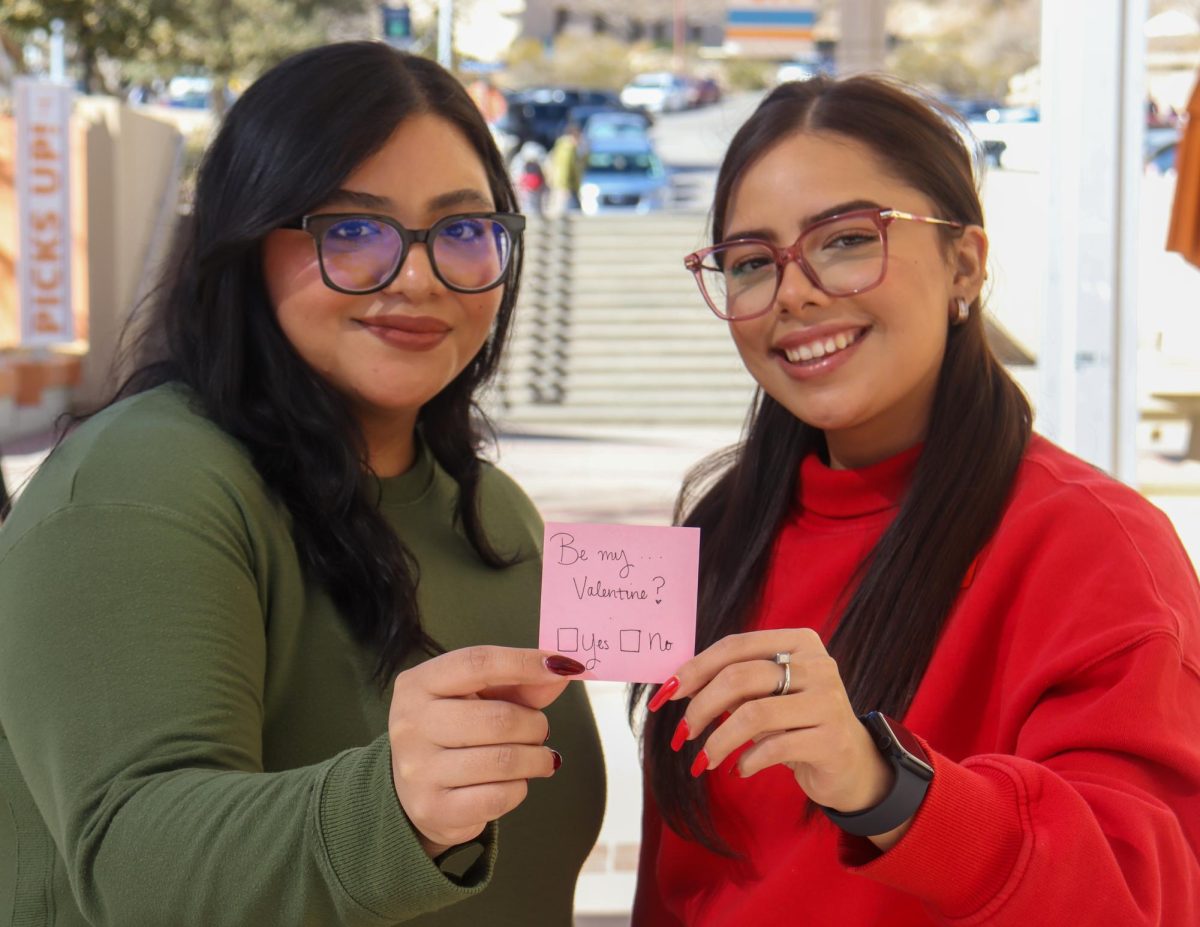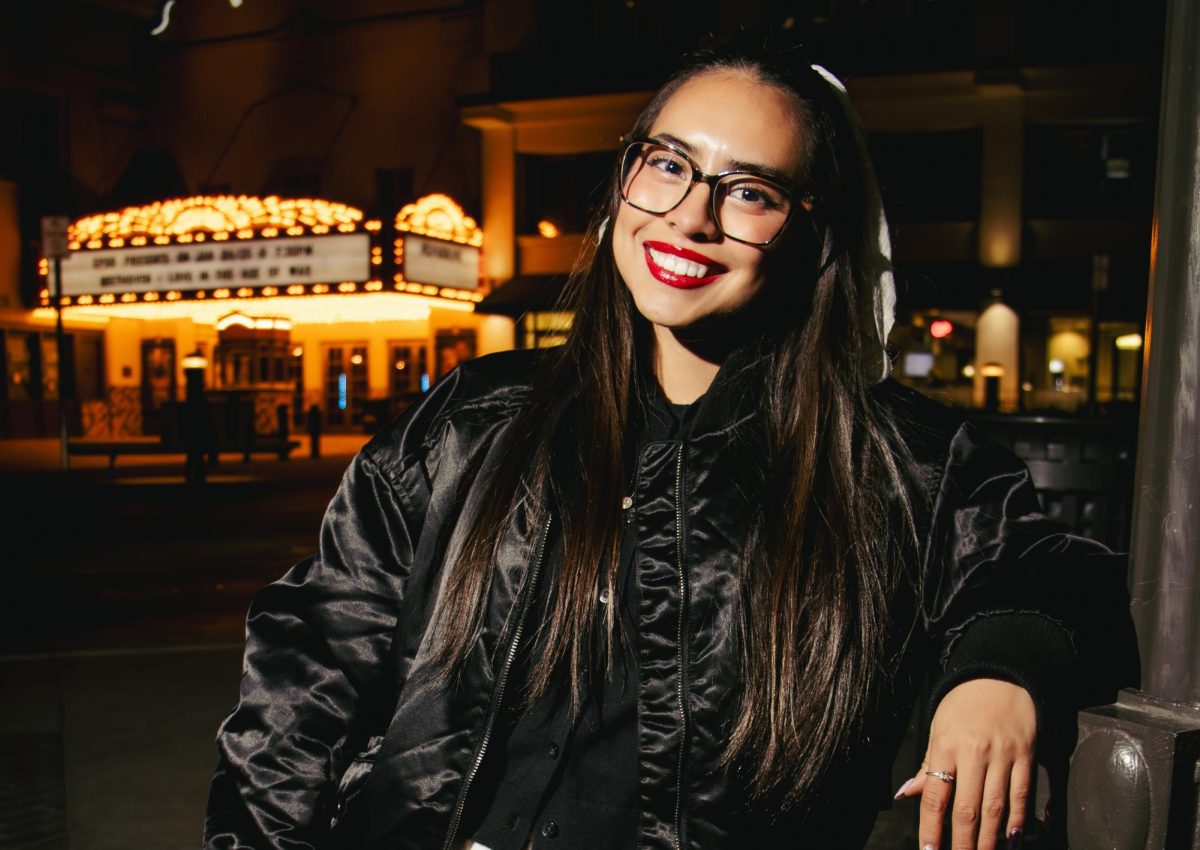It happened Wednesday at a conference at the Smithsonian Museum of American Art to discuss better preservation of New Deal murals across the country after Tom Lea’s “Stampede” was damaged in the U.S. post office in Odessa, Texas.
Covering this event for a newspaper in my hometown, I was curious to hear what they had to say and their perspective on El Paso, Texas. El Paso residents take pride in being recognized, and that stems from having a mentality that people who grow up in this city don’t have a lot to offer. Fortunately, initiatives have sprung up to acknowledge the talent in our city.
Several art museum staff members and curators spoke, as was expected, along with a few international art scholars. It was a remarkable thing to witness. Here were all of these people – who may have never visited El Paso or do not know our history or struggles – embracing the city because of one man’s artwork and how it spoke to them. I was in a city so far from my border town, but that day I had never felt so close.
Toward the end of the conference, a petite woman stood on stage and displayed Lea’s “Southwest” painting across the museum’s back wall. A huge wave of nostalgia came over me as I looked on at one of my own favorite paintings by Lea – the sloping mountains resting on the hot sand, clouds rolling over each other in the dimming sky and cacti sitting majestically on a hill, overlooking the vast landscape.
Sabiha Al Khemir saw a reproduction of this painting in France, where she had been for an Islamic art show.
“The landscape had no reference in my geographical knowledge, but it struck a particular responsive chord and something in me recognized it instantly. It’s that feeling of recognition that happens when we fall in love at first sight,” she said.
As many people would call it today, I was struck with the feels. In that moment, I could relate to Al Khemir, a complete stranger. But once she expressed her love of this painting, the artist and the city, I could feel myself opening my arms to her like my own abuelita would do to me.
Al Khemir published a novel, “The Blue Manuscript,” in 2008 that takes place in a fictional city in Egypt. The main character is a soothsayer who had been blind since his childhood. One day his eyes turned inward, and he departed to an inner landscape. Al Khemir said her character’s journey to that inner landscape reminded her of the “Southwest” painting.
Quoting the character in her novel, she read, “A sense of nothingness with its wholeness filled me, taking the wholeness of silence further – silence like that imposed by an immense landscape that lifts our being into a state of grace, purifying it, and to each human beings of any race, creed or religion can relate to – a sacredness for all.”
Going in to cover a conference, I came out with knowledge about the human spirit and the interconnectedness we all have. Al Khemir showed me that no matter where we come from, we are all human and seek someone who can understand us. Even in death, Lea is still bringing together a community through his artwork, like Al Khemir and me, this network of connectivity holds strong and breaks barriers of the cultural norm.
Reach reporter Lorain Watters at [email protected] or 202-408-1494. Like the Scripps Howard Foundation Wire interns on Facebook and follow us on Twitter .








